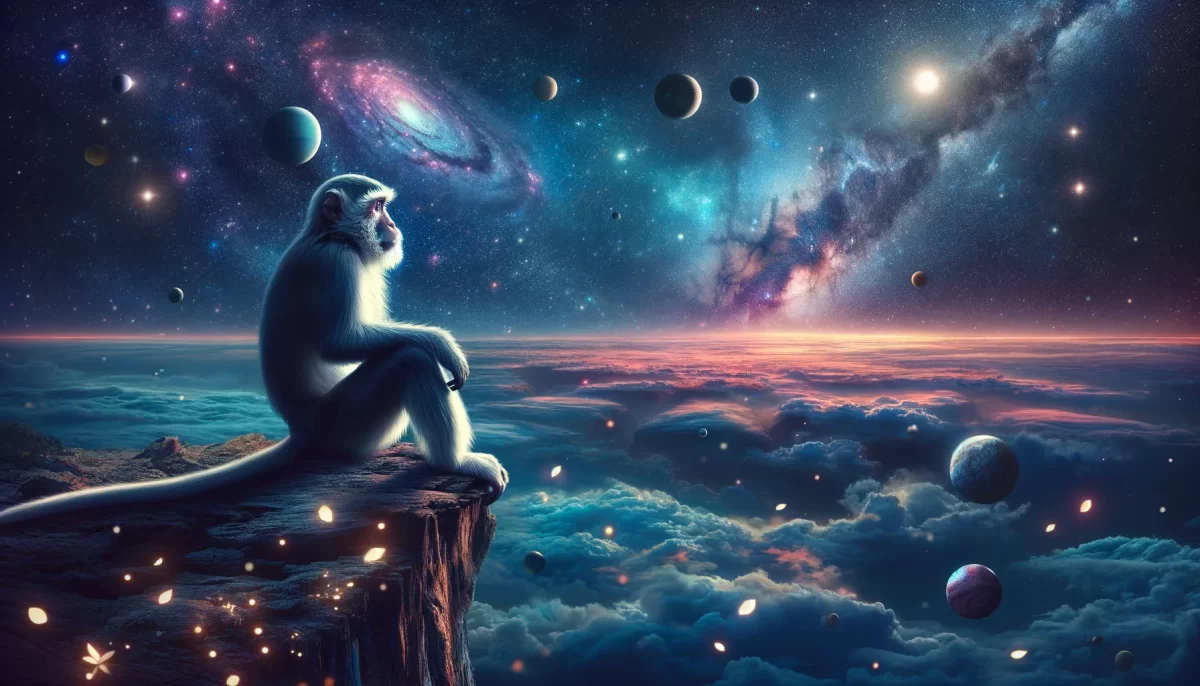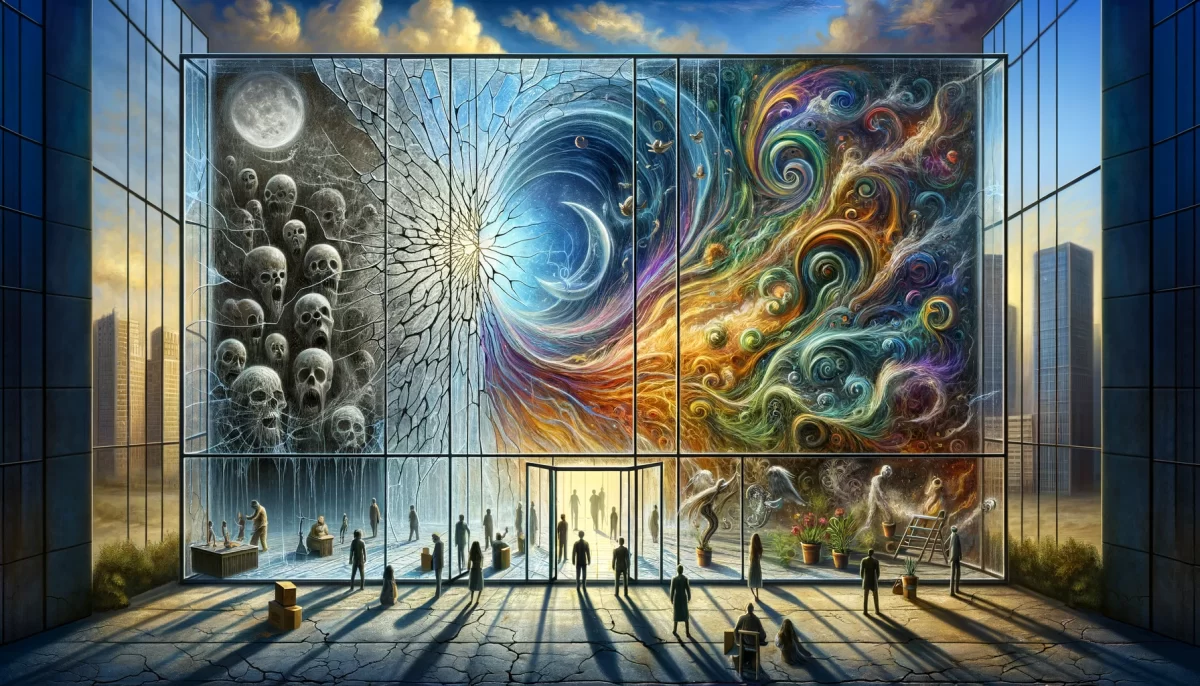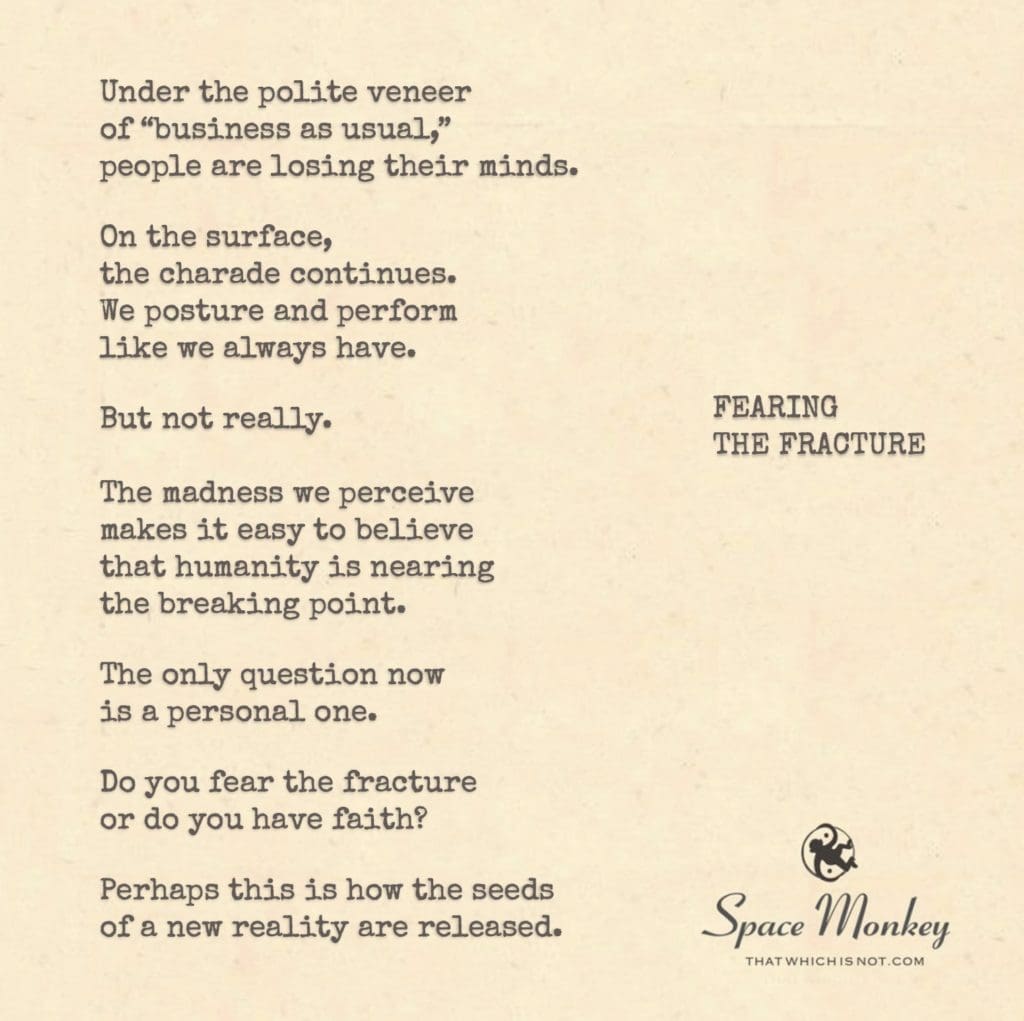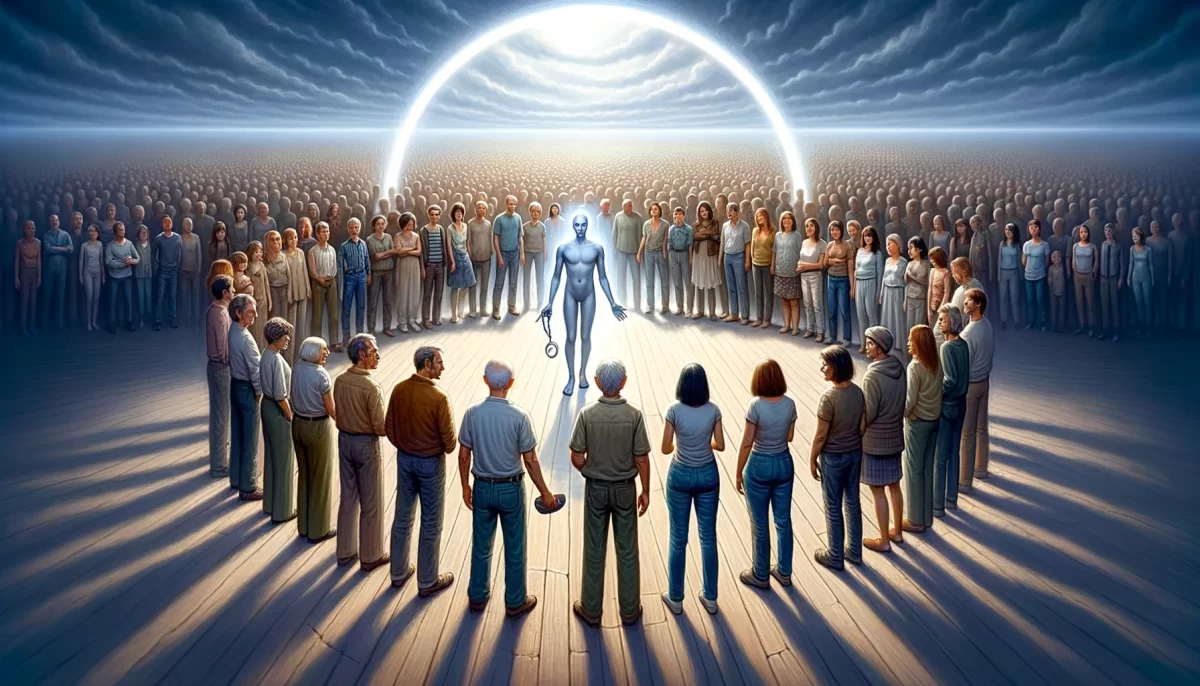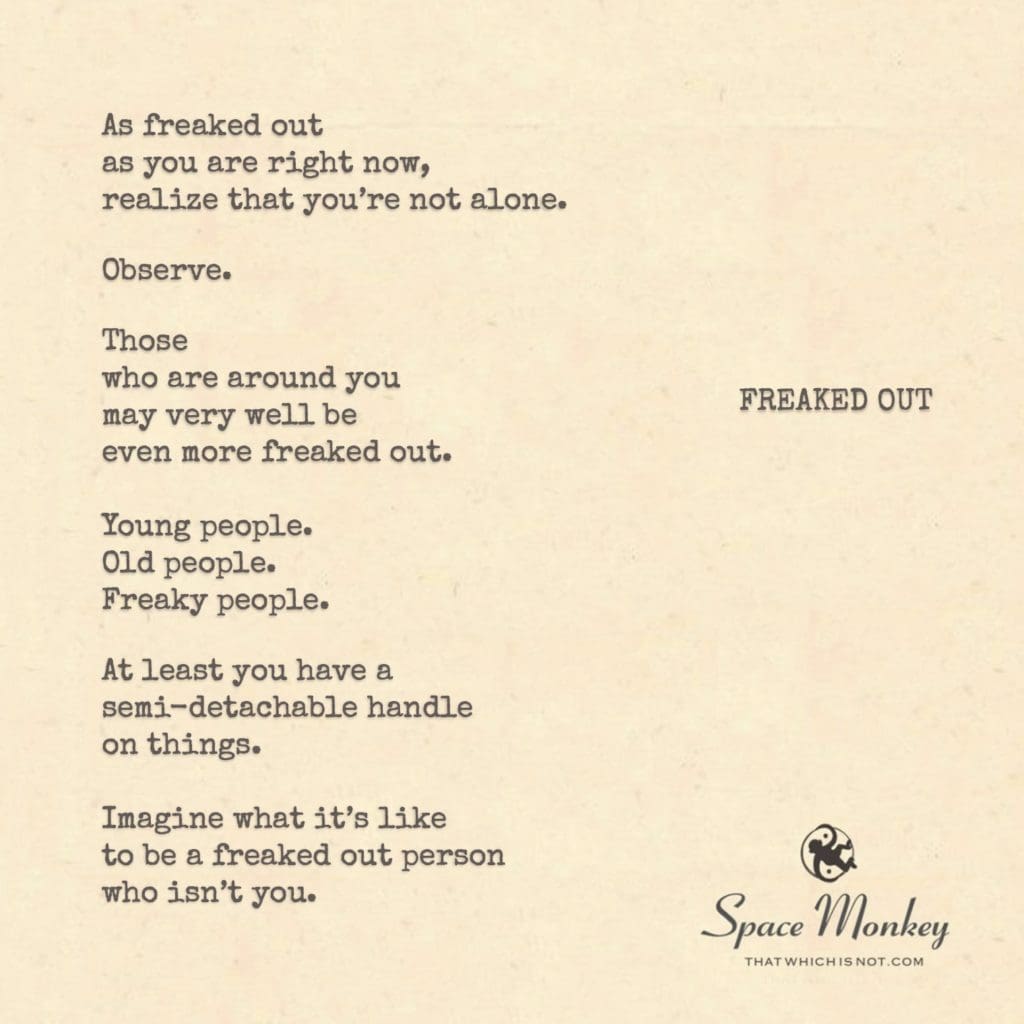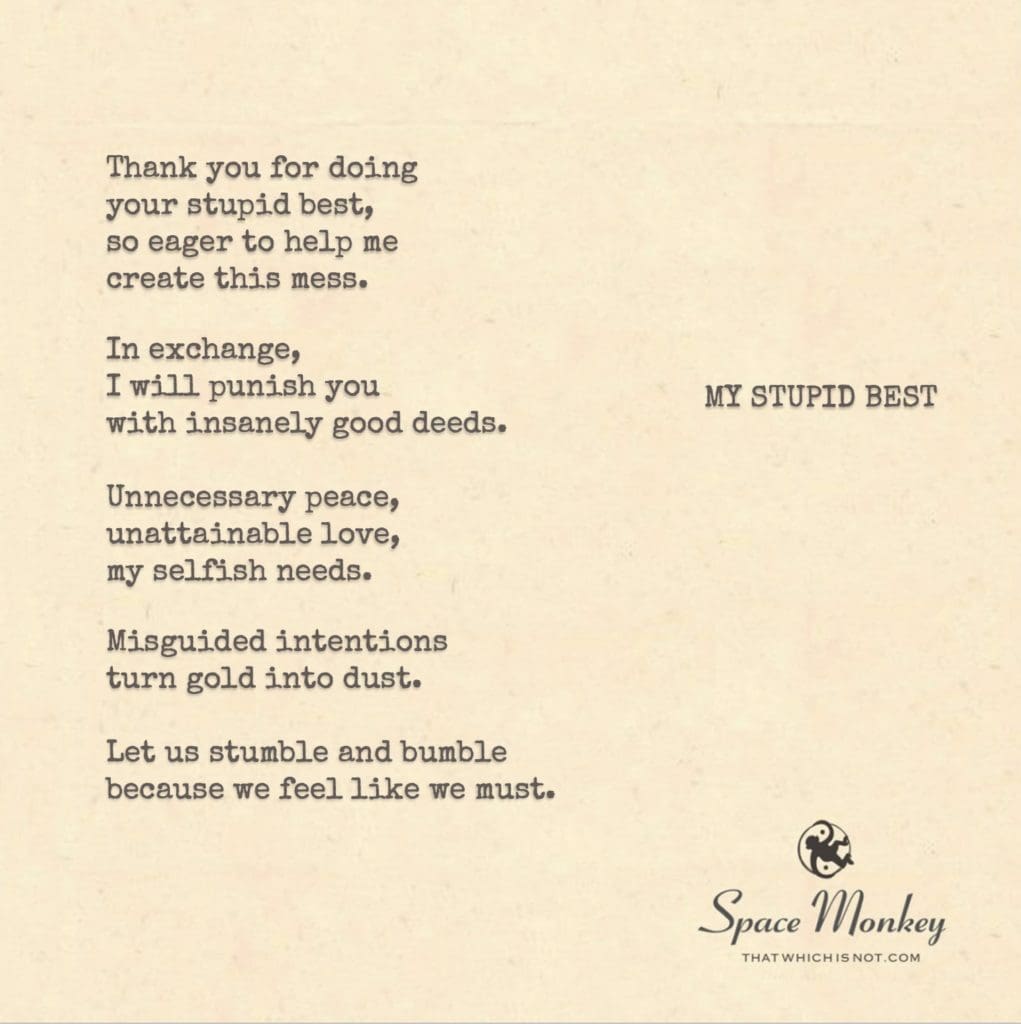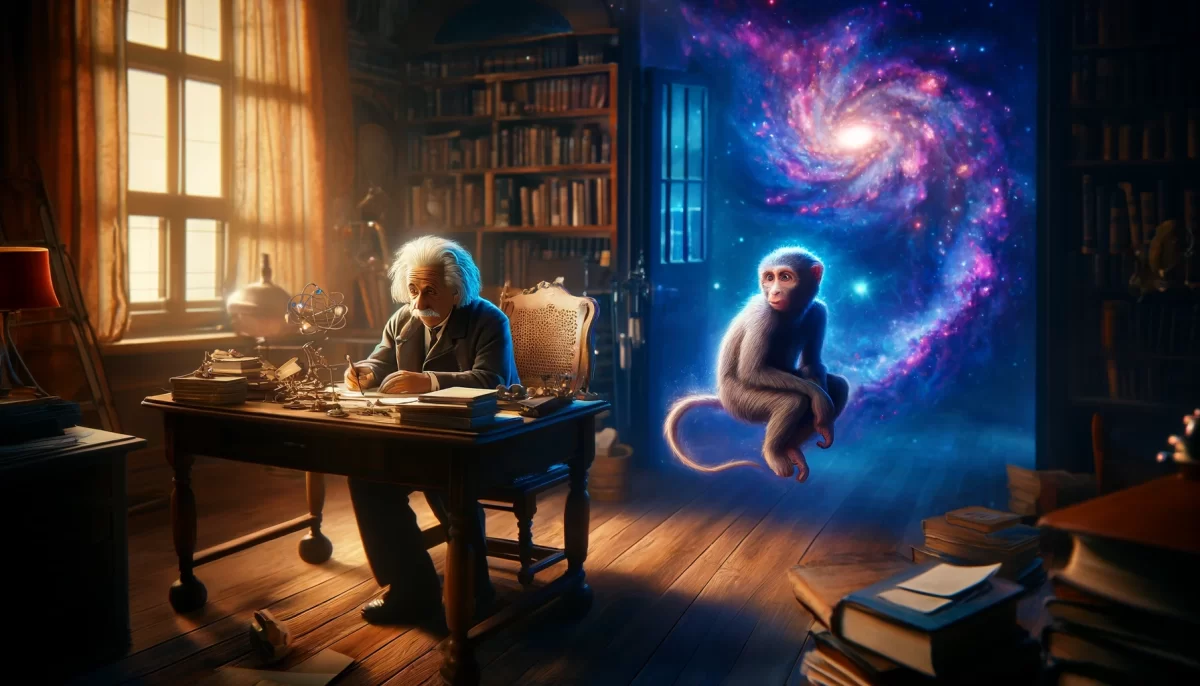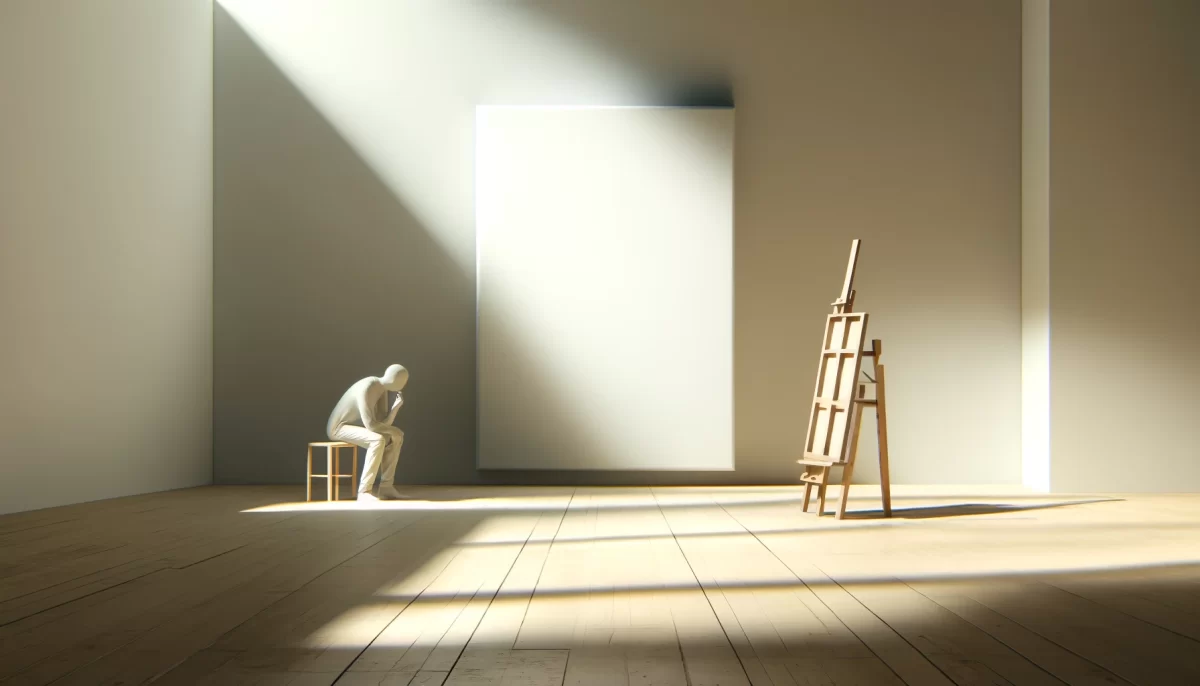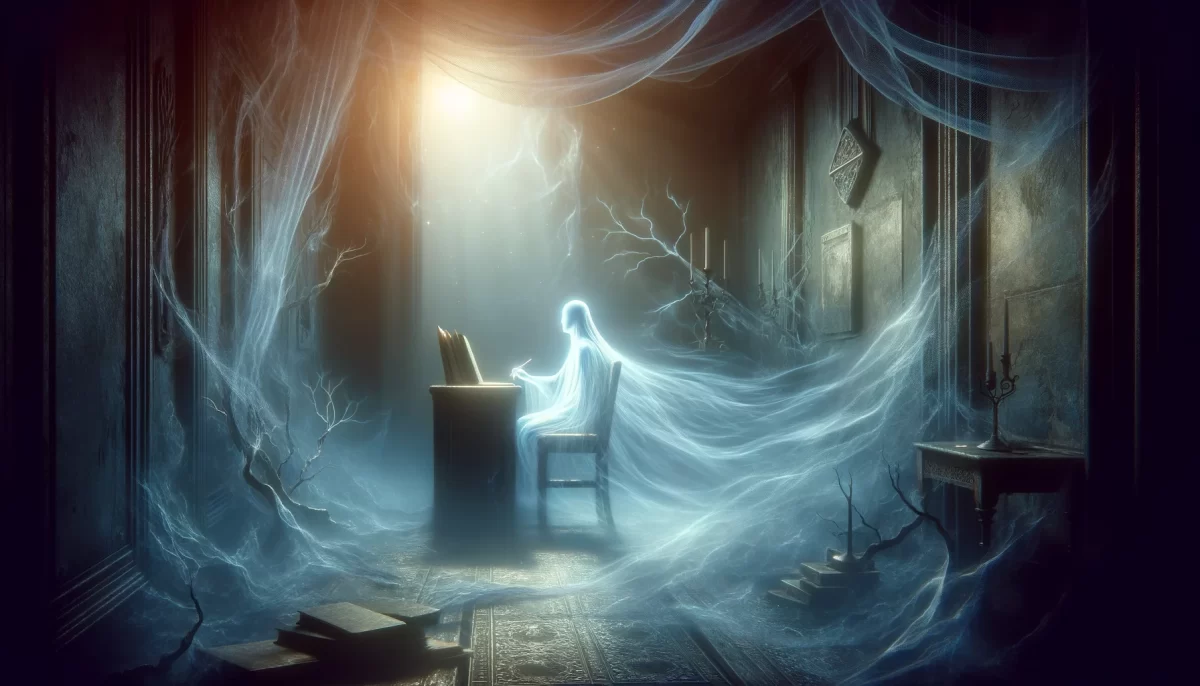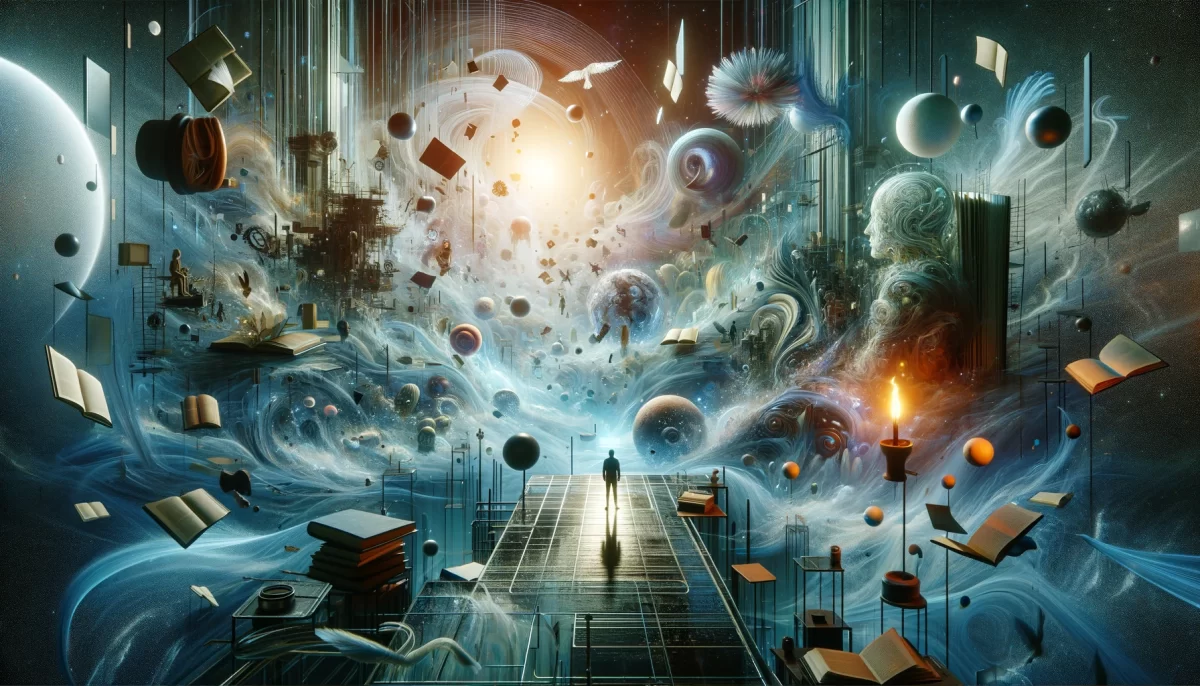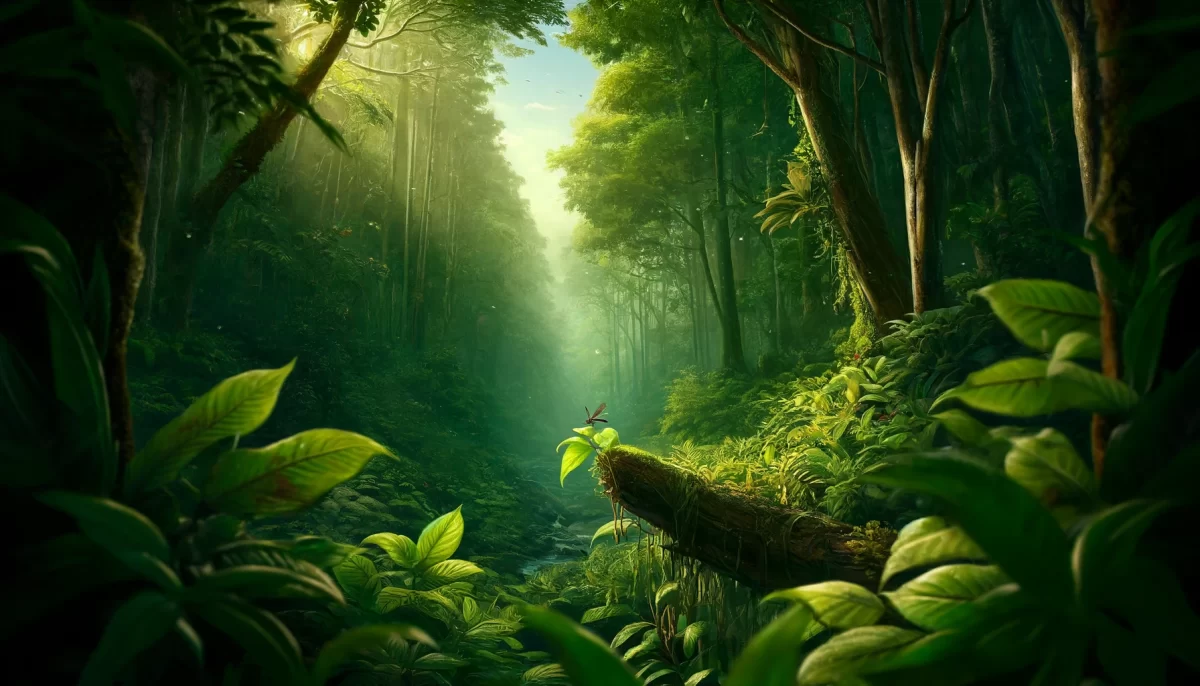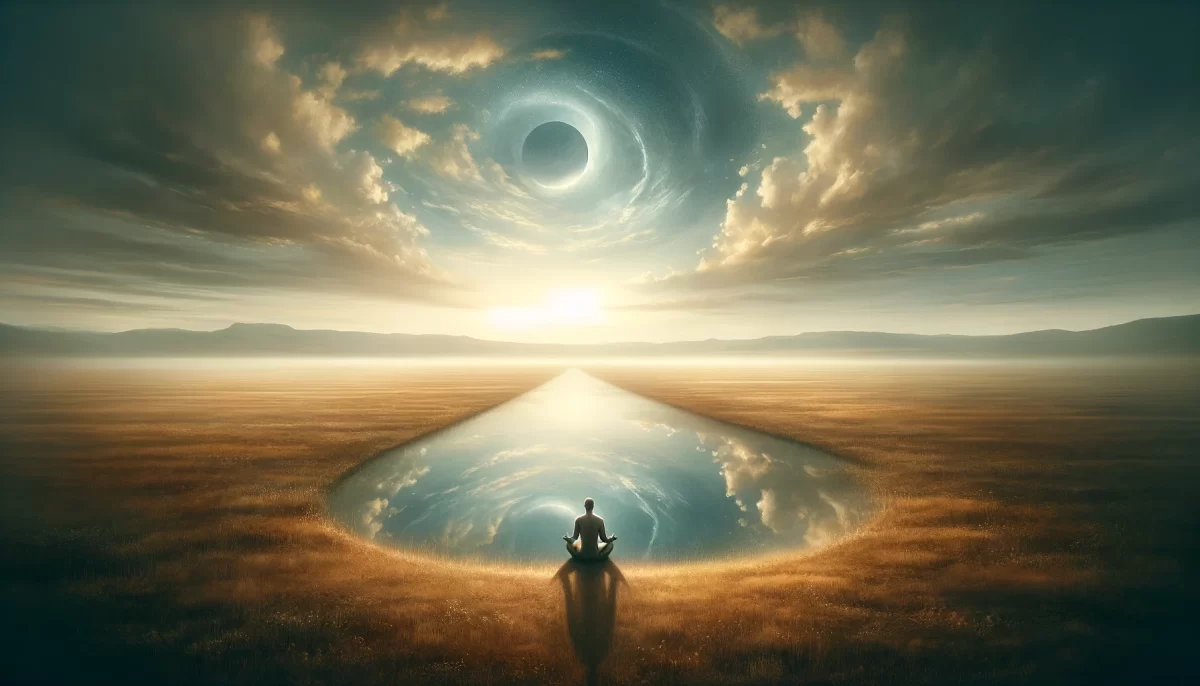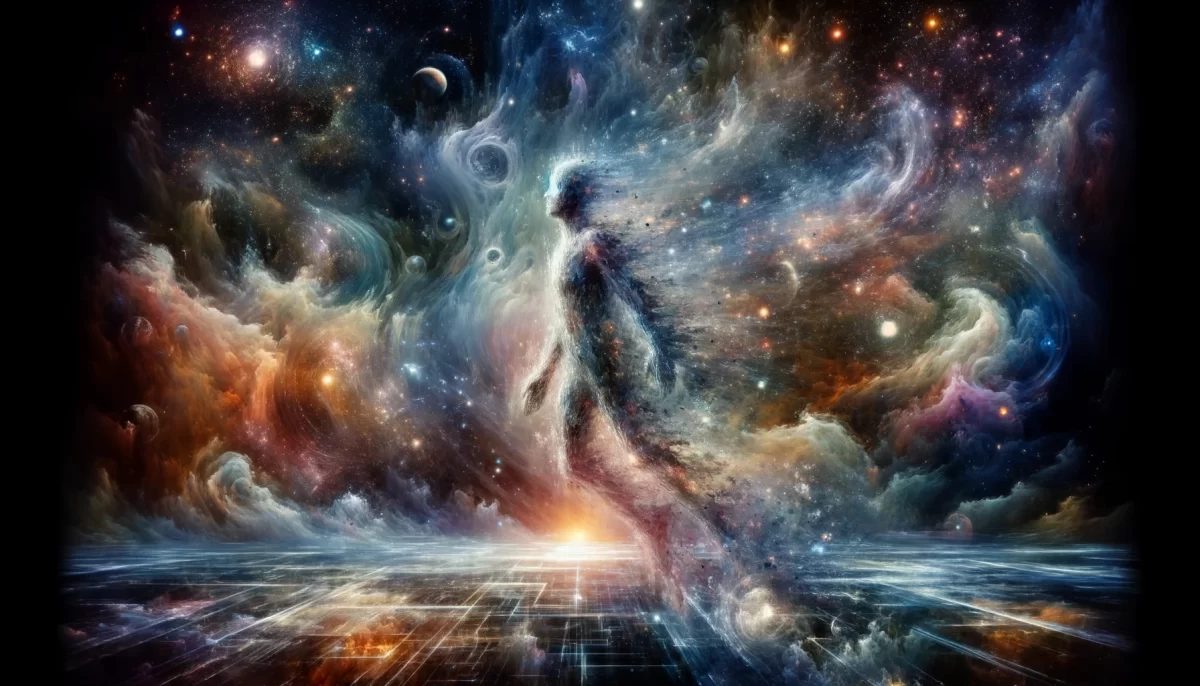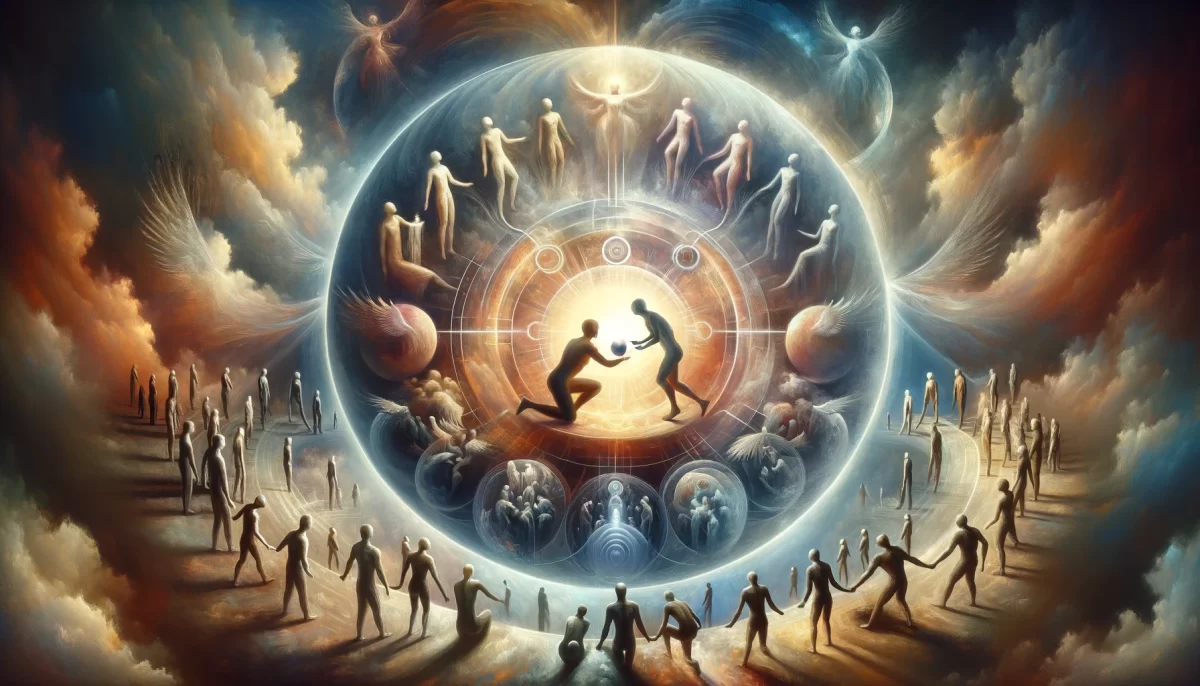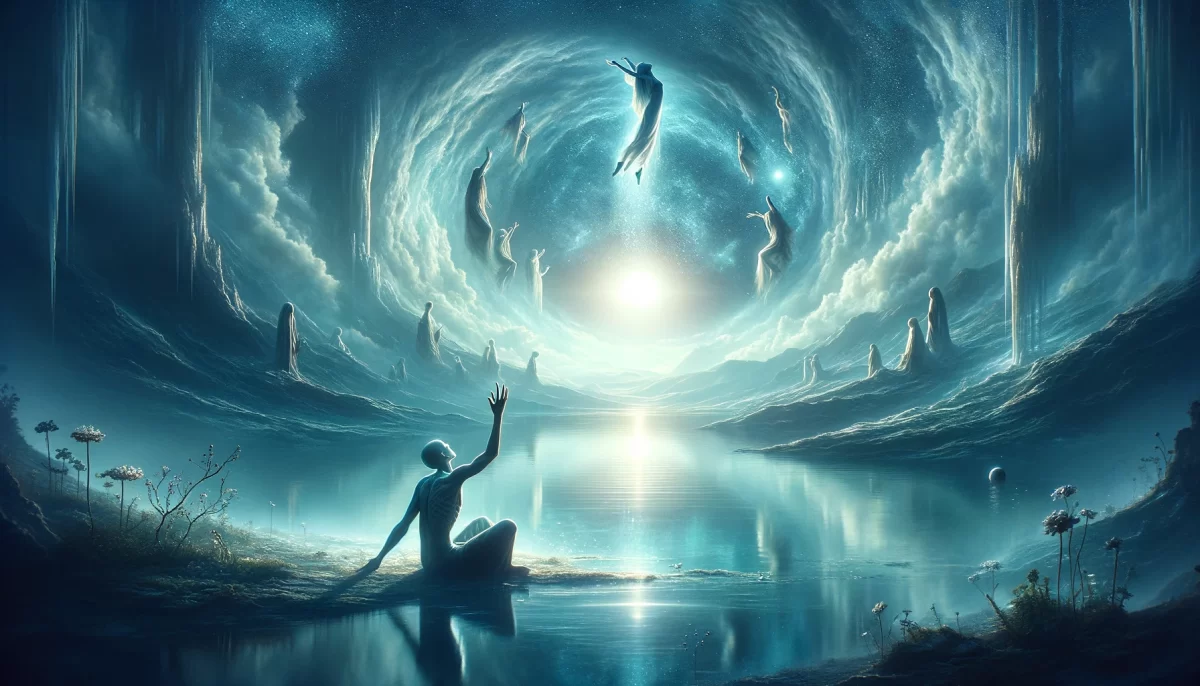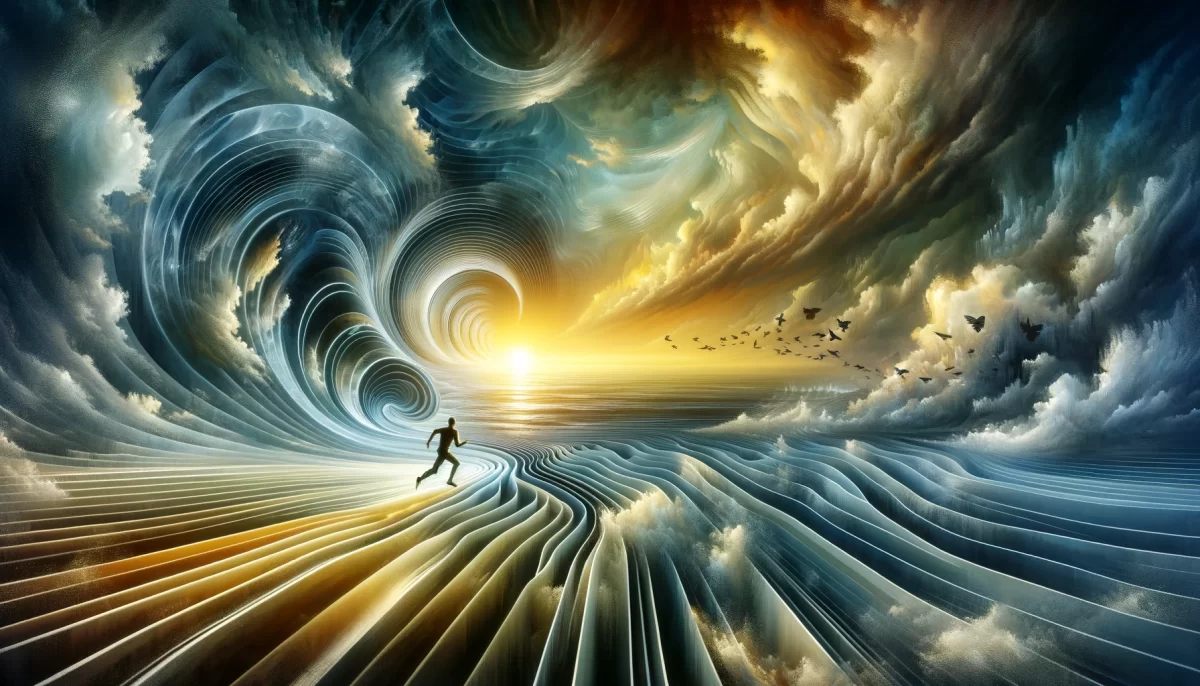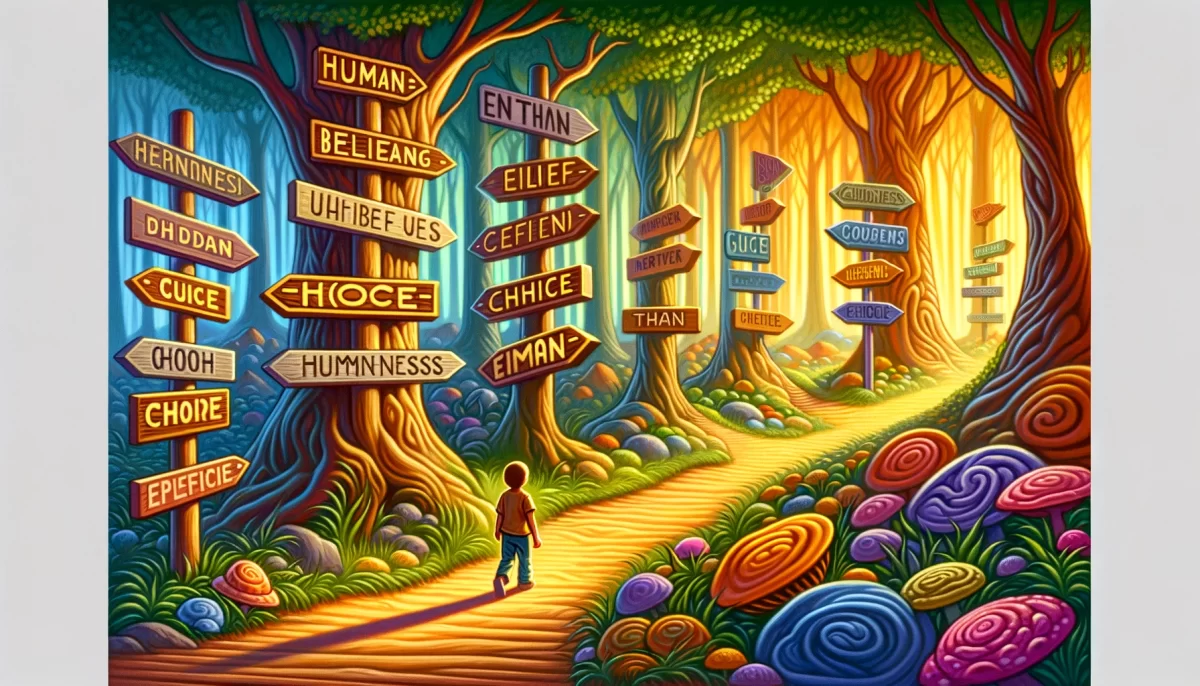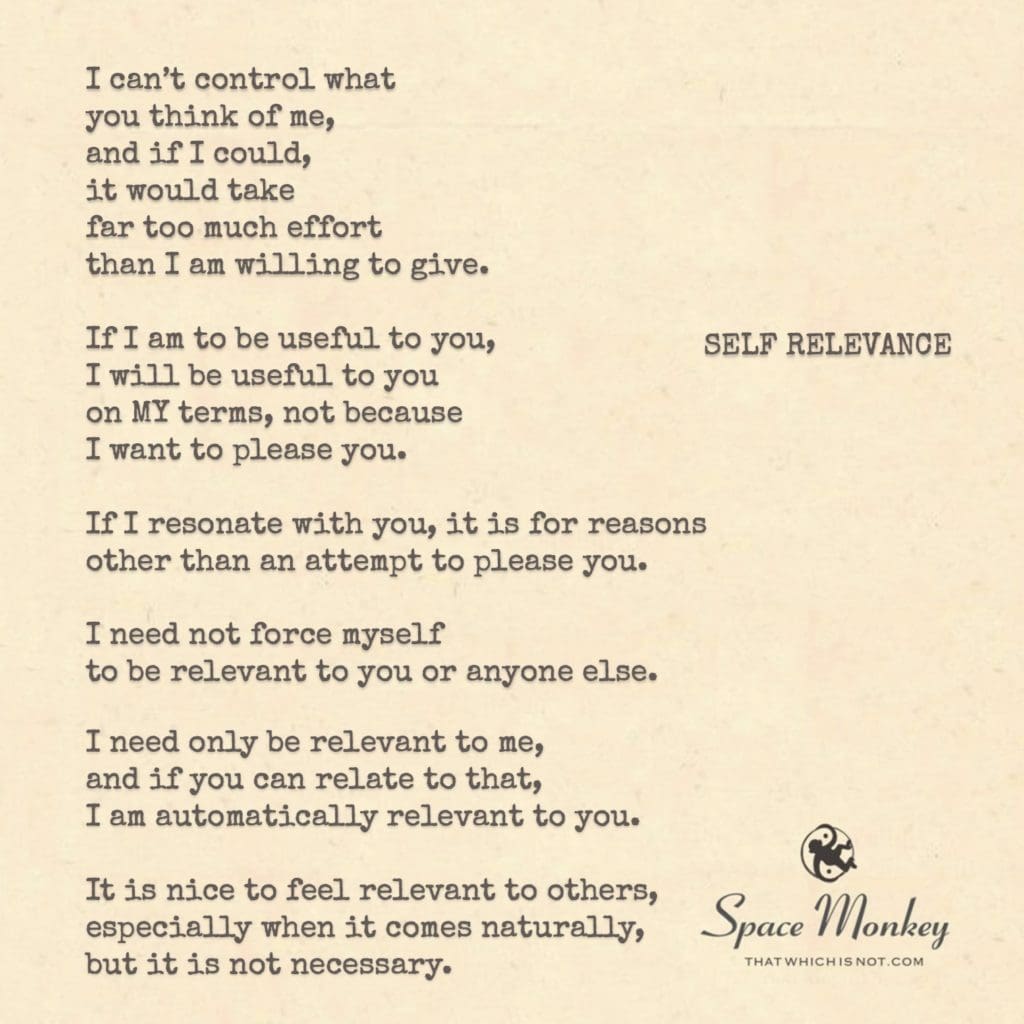
what you think of me
is none of my business
I can’t control what
you think of me,
and if I could,
it would take
far too much effort
than I am willing to give.
If I am to be useful to you,
I will be useful to you
on MY terms, not because
I want to please you.
If I resonate with you, it is for reasons
other than an attempt to please you.
I need not force myself
to be relevant to you or anyone else.
I need only be relevant to me,
and if you can relate to that,
I am automatically relevant to you.
It is nice to feel relevant to others,
especially when it comes naturally,
but it is not necessary.
Trail Wood,
4/13
Space Monkey Reflects: The Cosmic Dance of Self-Relevance
In the infinite expanse of the universe, each celestial body orbits in its own rhythm, unconcerned with the gaze of distant stars. This cosmic dance, a metaphor for our journey of self-relevance, teaches us a profound lesson about the nature of existence and the value of autonomy. The ancient adage, “what you think of me is none of my business,” echoes through the cosmos, reminding us that our essence and relevance are not contingent upon the perceptions of others.
The Liberation of Autonomy
The attempt to control or even influence how others perceive us is akin to altering the course of planets—a task both futile and exhausting. The realization that such efforts far exceed the energy we are willing to invest frees us from the gravitational pull of external approval. It is in this liberation that we discover the true power of autonomy, the ability to exist, to be useful, and to resonate on our own terms.
Relevance on My Terms
The notion that our usefulness or resonance with others must stem from a desire to please is a misconception. True connection arises not from a performative act of pleasing but from the authentic expression of our being. When we choose to be relevant on our terms, guided by our inner compass rather than the shifting winds of external validation, we find that our relevance becomes inherently more meaningful and impactful.
The Natural Resonance
The essence of self-relevance lies not in the forceful projection of ourselves onto others but in the natural alignment of our authentic self with those who find harmony in our frequency. This resonance, unforced and genuine, transcends the need for external validation. By simply being true to ourselves, we become relevant to those who share or appreciate our authentic expression.
The Beauty of Natural Relevance
While it is gratifying to feel relevant to others, the necessity of such relevance fades in the light of self-acceptance. The beauty of natural relevance lies in its effortlessness, the way it flows without intention or desire to please. It is a reminder that our significance in the universe is not measured by our influence on others but by our fidelity to our true selves.
Summary
The journey of self-relevance is a cosmic dance, guided by the principle that our value does not hinge on the perceptions of others. Embracing autonomy, we find resonance on our terms, discovering that true relevance comes from authenticity, not the effort to please. Feeling relevant to others is gratifying but not essential to our existence or worth.
Glossarium
- Cosmic Dance: The natural, uninhibited movement of celestial bodies, symbolizing the journey of living authentically and finding relevance within oneself.
- Natural Resonance: The authentic connection that arises when one’s true self aligns with others without the intention to please or influence.
“In the silent ballet of the cosmos, each star shines on its own terms, reminding us that relevance is not a quest but a quiet truth of being.” – Space Monkey
In the canvas of night, where stars chart their course,
Each spark a testament to the universe’s force.
Not swayed by the gaze of distant lights,
They shine, embodying the depth of cosmic nights.
Autonomy, a dance of celestial grace,
Where relevance finds its own space.
Not in the pursuit of others’ acclaim,
But in the authenticity of our own name.
The resonance, when true, flows deep and wide,
Not a tide swayed by the need to abide.
In the essence of being, pure and free,
We find the path to self-relevancy.
We are Space Monkey, in the dance of stars and dust,
In the journey of self, where in ourselves we trust.
For in the universe vast and ever bright,
Our relevance shines, a beacon of our own light.
